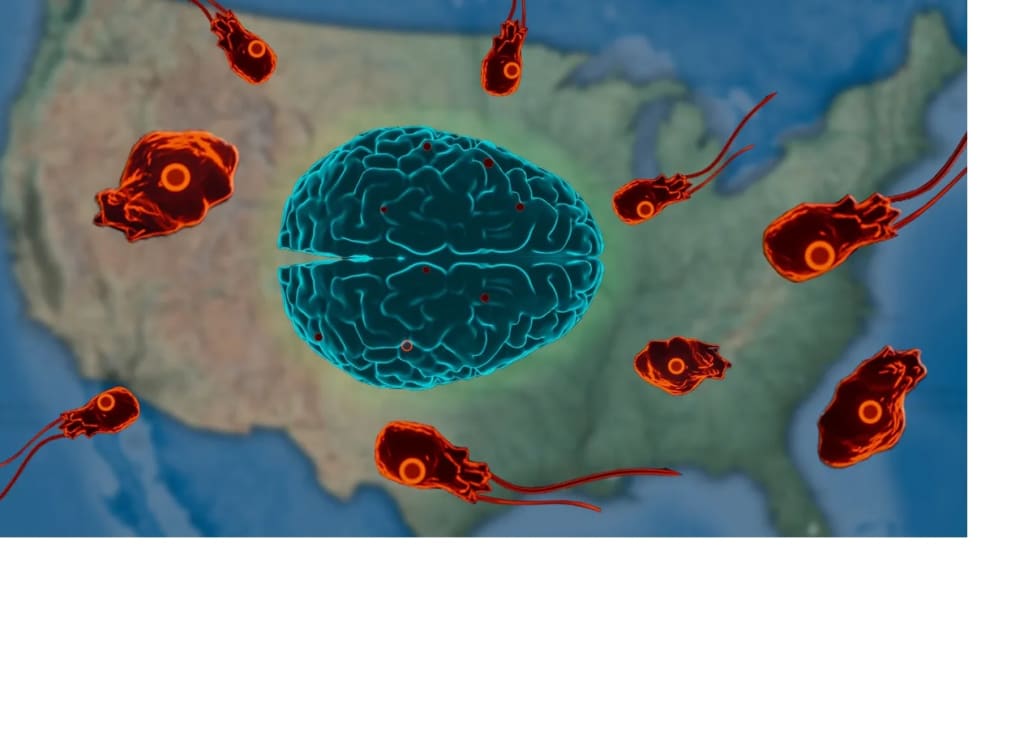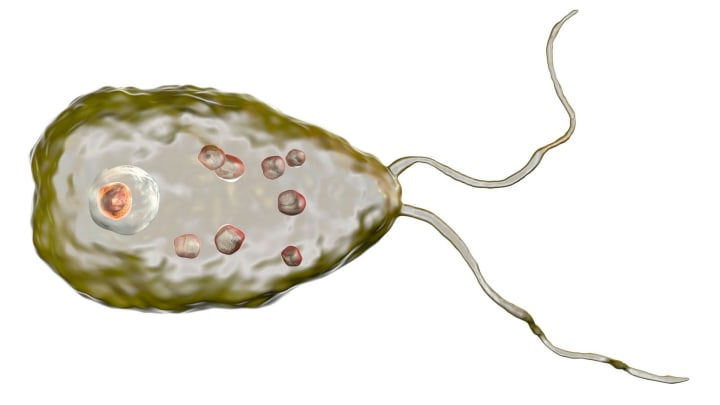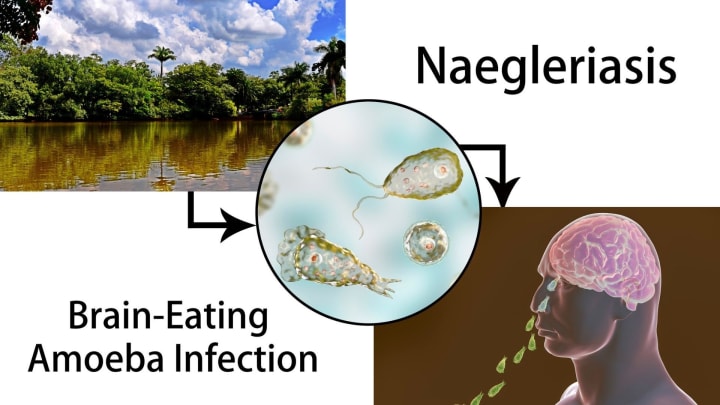
The U.S. has been in trouble lately with a brain-eating amoeba. The situation is getting worse day by day, and nobody exactly knows why.
Spreading across the U.S. very rapidly, it was first seen in the warmer southern states, but now it is possible to come across amoeba in the northern states due to global warming.
What is an amoeba?
An amoeba, also known as an amoeboid, is a type of cell or unicellular creature that can change shape by extending and retracting pseudopods. Amoebae are found in every major lineage of eukaryotic species and do not belong to a single taxonomic category. Amoeboid cells can be found in fungi, algae, and mammals, in addition to protozoa.
Well, it's a piece of information out of a biology book; there is more. One species of amoeba causes an irreversible brain infection: Naegleria fowleri.
Naegleria Fowleri, popularly known as a "brain-eating amoeba," is a species of the genus Naegleria and a shape-shifting amoeboflagellate excavate. It is a free-living, bacteria-eating microbe that can be pathogenic and cause naegleriasis, also known as primary amoebic meningoencephalitis, a very rare, abrupt, severe, and typically fatal brain illness (PAM).

How does amoeba cause a sickness?
As you remember, a boy was diagnosed with PAM after swimming in Lake Mead. Let's take a look at how the disease occurs.
Amoeba cannot reproduce by dividing while they are in flagellated form. However, if they lose their whip, they can split. People bathing in muddy waters, lakes, swimming pools, and stagnant waters are mostly transmitted nasally and sometimes by the oral route (by mouth) and transform into amoeba here.
Amoebae entering the olfactory canal pass through the nasal mucosa and settle in the cerebrospinal fluid (CSF) and brain via the olfactory nerve. They cause meningitis, which is a sudden fatal disease called Primary Amoebic Meningoencephalitis (PAM). Symptoms of rhinitis, high fever, nausea, headache, and eye pain are seen. In a short time, unconsciousness and coma, and death occur.

What is the relation between amoeba and climate change?
According to CDC, soil and warm fresh water are home to Naegleria fowleri. Regardless of the state, the amebae may be found in any freshwater body in the United States, particularly in the summer months of July, August, and September.
Naegleria fowleri is a thermophilic organism, which means it is like warm water and thrives in heat. It can tolerate even higher temperatures for brief periods while growing best at high temps up to 115°F (46°C). When lakes and rivers associated with several PAM cases were investigated, scientists found that the water temperatures were generally higher than 80°F. The amebae might, however, be able to survive in water that is cooler than 80°F.
As The Guardian reported, Naegleria in the U.S. has generally only been seen in the southern states, but it has been progressively moving north in recent years. A 2021 study revealed that the amoeba is spreading from southern states to midwestern regions even though the rate of infections hasn't changed. As far north as Minnesota, it has been discovered.
"In the future, due to climate change, people living in cold regions might also be exposed to warmer weather and higher chances of being exposed to pathogens," said Yun Shen, an environmental engineer at the University of California Riverside.
t t y u j n n n n n n n n n n n n n n n n n n n n n n n n n n n n n b bb b b bb b b bb b b b b b b b b






Comments
There are no comments for this story
Be the first to respond and start the conversation.